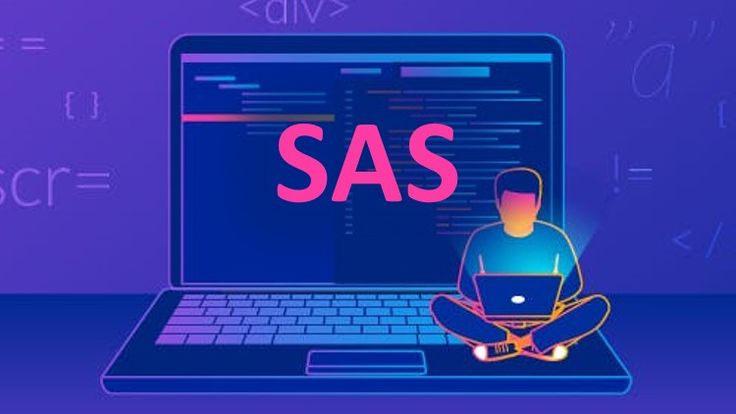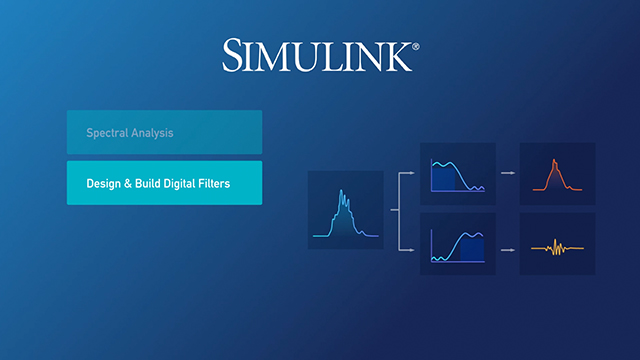Description
Introduction:
This course is designed for IT professionals, data engineers, and security experts who need to ensure the security of their data and workflows within the Databricks environment. Databricks provides powerful tools for big data and machine learning, but securing these environments and data is crucial to protecting sensitive information and ensuring compliance. Participants will learn best practices for implementing robust security measures, managing access controls, and safeguarding data in Databricks. The course includes practical examples and hands-on labs to help you apply security practices effectively in your Databricks workspace.
Prerequisites:
- Basic understanding of Databricks and its components.
- Familiarity with general data security principles and practices.
- Experience with data engineering, data management, or IT infrastructure.
- Prior knowledge of cloud security concepts is beneficial but not required.
Table of Content:
- Introduction to Databricks Security
1.1 Overview of Databricks security architecture and components
1.2 Key security concerns and challenges in Databricks environments
1.3 Goals and objectives of securing data and workflows in Databricks
1.4 Overview of Databricks security features and capabilities - Data Encryption and Protection
2.1 Understanding data encryption at rest and in transit
2.2 Configuring encryption for Databricks clusters and storage
2.3 Managing encryption keys and certificates
2.4 Best practices for securing sensitive data in Databricks - Access Control and Identity Management
3.1 Implementing role-based access control (RBAC) in Databricks
3.2 Managing user identities and permissions
3.3 Integrating Databricks with identity providers (e.g., Azure Active Directory, AWS IAM)
3.4 Configuring and managing service principals and tokens - Network Security and Isolation
4.1 Configuring network security groups and firewalls for Databricks
4.2 Securing cluster and workspace network configurations
4.3 Implementing private endpoints and VPC peering
4.4 Managing network traffic and access controls - Data Governance and Compliance
5.1 Implementing data governance frameworks in Databricks
5.2 Ensuring compliance with data protection regulations (e.g., GDPR, CCPA)
5.3 Managing data lineage and audit trails
5.4 Best practices for data retention and deletion policies - Monitoring and Incident Response
6.1 Setting up monitoring and logging for security events
6.2 Configuring Databricks audit logs and integrating with SIEM tools
6.3 Developing an incident response plan and procedures
6.4 Case study: Responding to and managing a security incident - Securing Databricks Workflows
7.1 Best practices for securing notebooks and workflows
7.2 Managing access to notebooks and shared resources
7.3 Implementing secure coding practices and data handling
7.4 Using Databricks Jobs and workflows securely - Compliance and Security Certifications
8.1 Understanding Databricks compliance certifications and standards
8.2 Preparing for security audits and assessments
8.3 Leveraging Databricks documentation and resources for compliance
8.4 Best practices for maintaining security certifications - Data Protection Strategies
9.1 Implementing data masking and anonymization techniques
9.2 Securing data backups and disaster recovery plans
9.3 Protecting data in shared environments and multi-tenant scenarios
9.4 Case study: Implementing data protection strategies in Databricks - Advanced Security Configurations
10.1 Configuring advanced security features and settings in Databricks
10.2 Implementing custom security policies and rules
10.3 Leveraging Databricks security APIs and automation
10.4 Best practices for securing complex and large-scale Databricks environments - Best Practices and Industry Trends
11.1 Review of best practices for Databricks security
11.2 Emerging trends and technologies in data security
11.3 Case studies of successful security implementations in Databricks(Ref: Databricks for Business Intelligence: Integrating with Power BI and Tableau)
11.4 Future considerations for Databricks security - Final Project: Securing a Databricks Environment
12.1 Designing and implementing a secure Databricks environment
12.2 Applying security best practices and configurations
12.3 Demonstrating effective data protection and access controls
12.4 Presenting and reviewing project outcomes and security measures - Conclusion and Next Steps
13.1 Recap of key security concepts and techniques
13.2 Additional resources for further learning and certification
13.3 Career advancement opportunities in data security and Databricks expertise
13.4 Staying updated with Databricks security updates and best practices
If you are looking for customized info, Please contact us here
To conclude; Securing Databricks environments requires a combination of encryption, access control, network security, and data governance. By following best practices and leveraging Databricks security tools, organizations can protect sensitive data, ensure compliance, and mitigate risks. Staying updated with the latest security trends and certifications is essential for maintaining robust security in evolving data ecosystems.







Reviews
There are no reviews yet.